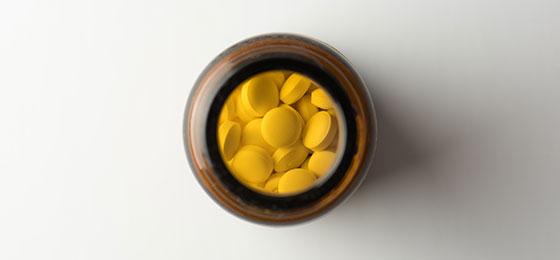Completed project: Antibiotics – Reconciling profit and sustainable use

An incentive system that motivates companies to develop antibiotics should encourage them to focus on those that are most needed and those that will remain robust in the face of bacterial resistance. Researchers at the University of Geneva investigated how this can work.
Few new antibiotics have come onto the market in recent decades, even though they are urgently needed. But because antibiotic prices are very low and sales of new antibiotics are kept to a minimum – as they are primarily intended as back-up drugs in case existing treatments fail – they are of little economic interest to large pharmaceutical companies. That's why governments around the world are considering large financial incentives to accelerate antibiotic research and development. However, the granting of rewards must follow intelligent criteria that prevent both the development of drugs for which there is little need and the excessive marketing and use of new antibiotics.
Good performance increases rewards
To resolve this dilemma, Chantal Morel and Stephan Harbarth at the University of Geneva, working with Swedish and Canadian colleagues as part of an international consortium, propose the following solution: A significant reward should be offered for new, market-ready antibiotics. A bonus element would be paid out in phases, with each payment dependent on whether the product retains its efficacy. This approach has the major advantage of decoupling (at least in part) the profitability of developing a new antibiotic from the volume sold. The expected benefits are twofold: first, companies would have an incentive to promote antibiotics less aggressively to avoid overuse. Second, companies would be guided toward true innovation from the outset, i.e. promoting product candidates that have the greatest likelihood of lasting efficacy.
The researchers explored in detail how such a bonus would work. Starting with a total payment of USD 1.6 billion for the market launch of an antibiotic (a sum that is considered reasonable internationally based on previous studies), they first investigated the timing in interviews with experts. The main aim was to select a timeframe that would be relevant to industry decision-makers, as they need to be able to make an informed decision on whether to aim for the bonus or maintain the traditional business model focused on maximising sales. Morel and Harbarth consider that the ideal model would be to set a fixed amount of USD 1 billion at the time of marketing approval, followed by contingent payments in years 5, 10, 15 and 20, depending on whether the product maintains its efficacy.
Measuring efficacy is a key challenge
The efficacy of a drug over time is, in fact, at the heart of the proposed mechanism. It is generally defined by the amount of an active ingredient required to inhibit the targeted pathogenic bacteria. Currently, such data are not routinely collected on a large scale for new antibiotics. Surveillance of antibiotic resistance has so far focused on a small number of infections and pathogens and on a limited number of older antibiotics. Moreover, it is mainly conducted in high-income countries.
The researchers have therefore consulted extensively with international experts and policymakers in the field of surveillance to provide clear recommendations for the design, implementation and funding of the necessary surveillance framework to support such a system. Given that new and more accurate monitoring methods are currently evolving rapidly, its establishment is generally considered realistic. Ideally, it would be implemented within the framework of existing international monitoring, such as the European EARS network. As in many areas, involvement of the key players is crucial here. By consistently ensuring this at every stage of the project, the study has already found its way into the discussions of decision-makers.
February 2022
